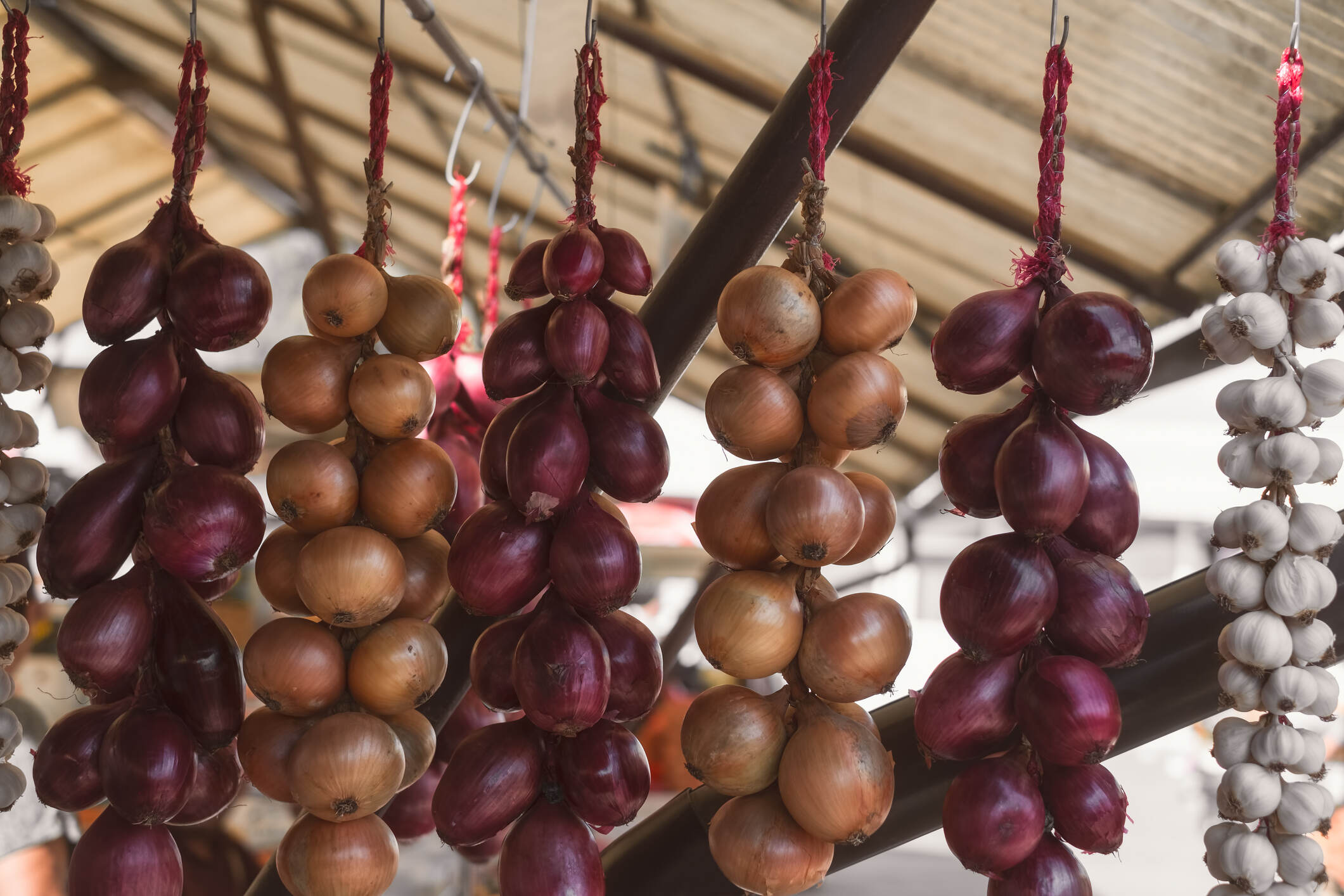

Articles
How To Store Onion
Modified: March 26, 2024
Learn the best ways to store onions and keep them fresh for a long time with our informative articles on proper onion storage techniques.
(Many of the links in this article redirect to a specific reviewed product. Your purchase of these products through affiliate links helps to generate commission for Storables.com, at no extra cost. Learn more)
Introduction
Welcome to the world of onion storage! If you’re someone who loves cooking or simply enjoys having a well-stocked pantry, knowing how to properly store onions is essential. Onions are a versatile and flavorful ingredient that can add depth and complexity to a wide range of dishes. However, improper storage can lead to premature spoilage and loss of flavor.
In this article, we will dive into the fascinating world of onion storage and explore various methods to keep your onions fresh and flavorful for an extended period of time. Whether you grow your own onions or purchase them from your local grocery store or farmer’s market, proper storage techniques are key to enjoying the full potential of this culinary staple.
Understanding the unique storage requirements of onions is crucial. Onions are unique compared to other vegetables as they are harvested when their outer skin is still intact and papery. This protective layer helps to keep moisture and contaminants at bay, preserving the freshness of the onion. However, onions also require specific conditions to prevent premature sprouting, rotting, or softening.
Throughout this article, we will explore the various factors that contribute to successful onion storage, such as humidity, temperature, ventilation, and light exposure. By understanding these requirements, you will be equipped with the knowledge to choose the best storage method for your onions.
So, whether you have a surplus of onions from your garden or if you’re planning to stock up during a great sale at the supermarket, read on to discover the best practices for storing onions for maximum freshness and to avoid wastage. With proper storage techniques, you can enjoy the wonderful flavors and benefits of onions in your meals for an extended period of time.
Key Takeaways:
- Proper onion storage requires attention to humidity, temperature, ventilation, and light exposure. Choosing the right storage method and location is crucial for maintaining the freshness and flavor of onions.
- Avoid common mistakes such as storing onions with other produce, using plastic bags, or neglecting regular inspection to ensure the longevity of stored onions. Following proper storage techniques and tips will help preserve the flavor and quality of onions.
Read more: How To Store Onions
Understanding the Storage Requirements of Onions
Before we delve into the various storage methods for onions, it’s important to understand the specific requirements that onions have to remain fresh and flavorful. By understanding these requirements, you can create an ideal environment for your onions and ensure their longevity.
One crucial factor to consider is humidity. Onions prefer a dry environment with moderate humidity levels. Excess moisture can lead to softening, rotting, or sprouting. Therefore, it is important to store onions in a location with low humidity, such as a cool, dry pantry or cellar.
Temperature also plays a crucial role in onion storage. Onions prefer cooler temperatures, ideally between 32°F (0°C) and 40°F (4°C). Low temperatures help slow down the natural aging process of onions, maintaining their firmness and flavor. Avoid storing onions near heat sources, such as ovens or appliances, as higher temperatures can cause onions to spoil more quickly.
Another consideration is the ventilation of the storage area. Onions need proper airflow to prevent the buildup of moisture, which can lead to spoilage. Avoid storing onions in sealed plastic bags or airtight containers, as this can trap moisture and promote rotting. Instead, opt for storage methods that allow for adequate airflow, such as mesh bags or crates.
Lastly, light exposure should be minimized when storing onions. Exposure to light can cause onions to become green and develop a bitter taste. Store onions in a dark or opaque container to shield them from light. If you’re using a mesh bag or crate, place it in a dark area or cover it with a cloth to protect the onions from light exposure.
By considering these storage requirements – low humidity, cool temperature, proper ventilation, and minimal light exposure – you’ll create an optimal environment for your onions and prolong their shelf life.
Now that we understand the basic storage requirements, let’s explore various methods for preparing and storing onions to maximize their freshness. From mesh bags to pantyhose and paper bags, there are several techniques to choose from based on your preferences and availability of storage materials. Read on to learn more about each method and find the one that works best for you.
Preparing Onions for Storage
Before storing onions, there are a few essential steps to take to ensure they are adequately prepared. Proper preparation helps to remove any potential contaminants, protect the onion’s outer layer, and extend their shelf life.
The first step is to inspect your onions for any signs of damage or rot. Discard any onions that appear soft, have mold or decay, or have sprouted excessively. Select onions that are firm, with dry outer skins, and no visible signs of damage.
Next, gently brush off any loose dirt or debris from the onion’s skin. Avoid washing the onions as excess moisture can lead to premature spoilage. If the outer layer is dirty or stained, use a dry cloth or paper towel to wipe it clean.
It is important to remove any remaining foliage or green stems from the onion before storage. These green parts tend to rot quickly and can contaminate the rest of the onion. Trim the stems to about an inch above the onion and discard the green portion.
Once your onions are inspected, cleaned, and trimmed, they are ready for storage. To maximize their freshness and minimize the risk of spoilage, it is important to choose the right storage location.
In the next section, we will explore different storage options, ranging from mesh bags to pantyhose and paper bags, to help you find the most suitable method for your onions.
Remember, the key to successful onion storage lies in maintaining the right humidity and temperature levels, providing proper ventilation, and minimizing light exposure. By taking the time to prepare your onions and store them correctly, you can enjoy their delicious flavor for an extended period of time.
Choosing the Right Storage Location
When it comes to storing onions, choosing the right location is crucial for maintaining their freshness and extending their shelf life. Here are some factors to consider when selecting a storage spot:
Temperature: Onions prefer cooler temperatures between 32°F (0°C) and 40°F (4°C). Look for a cool area in your home, such as a basement, cellar, or garage, where the temperature remains relatively stable. Avoid areas with temperature fluctuations or heat sources, as higher temperatures can cause onions to spoil more quickly.
Humidity: Onions require a dry environment with moderate humidity levels. Aim for a relative humidity between 65% and 70%. Excessive moisture can lead to softening, rotting, or sprouting, so avoid storing onions in areas with high humidity, such as the bathroom or near a dishwasher.
Ventilation: Proper airflow is essential for onion storage. Choose a location that allows for good ventilation to prevent the buildup of moisture. Avoid storing onions in sealed plastic bags or airtight containers, as this can trap moisture and result in spoilage. Instead, opt for storage methods that promote airflow, such as mesh bags, crates, or hanging pantyhose.
Light Exposure: Onions should be stored in a dark or opaque environment to minimize light exposure. Light can cause onions to become green and develop a bitter taste. Select a storage spot away from direct sunlight or artificial light sources. If using a mesh bag or crate, place it in a dark area or cover it with a cloth to protect the onions from light exposure.
Considering these factors, some ideal storage locations for onions include a cool pantry, cellar, or a dedicated area in your garage. Keep in mind that the storage location should be away from strong-smelling foods, as onions can absorb odors easily.
Now that you have an idea of the ideal storage conditions, let’s explore various methods of storing onions, including mesh bags, crates or boxes, pantyhose or tights, and paper bags – each offering unique benefits and suitability for different storage needs.
Continue reading to learn how to store onions using these different methods and choose the one that fits your preferences and available storage materials.
Storing Onions in Mesh Bags
One popular method for storing onions is using mesh bags. Mesh bags provide excellent airflow and ventilation, which helps to prevent moisture buildup and prolong the shelf life of onions. Here’s how to store onions in mesh bags:
- Ensure that your onions are clean, dry, and free from any signs of rot or damage.
- Place the onions in a mesh bag, leaving some space between each onion to allow for air circulation.
- Avoid overcrowding the bag, as this can lead to increased moisture and potential spoilage.
- Tie the top of the bag securely to prevent the onions from spilling out.
- Hang the mesh bag in a cool, well-ventilated area, such as a pantry, cellar, or garage.
The mesh bag allows for proper airflow, preventing the onions from becoming soft or rotting. It also helps to maintain consistent humidity levels. Ensure that the storage area is dry and has a relative humidity between 65% and 70% to promote the longevity of the onions.
Regularly check your stored onions for any signs of spoilage or sprouting. If you notice any onions that have gone bad, promptly remove them to avoid affecting the remaining onions.
Storing onions in mesh bags is an effective and convenient method, especially if you have a large quantity of onions to store. It allows for easy access and keeps the onions organized while preserving their freshness.
Next, let’s explore another method: storing onions in crates or boxes.
Read more: How To Store Caramelized Onions
Storing Onions in Crates or Boxes
If you prefer an alternative to mesh bags, storing onions in crates or boxes is an excellent option. This method offers similar benefits in terms of airflow and ventilation while providing a sturdy and organized storage solution. Here’s how you can store onions in crates or boxes:
- Ensure that your onions are clean, dry, and free from any signs of rot or damage.
- Select a crate or box that is clean, sturdy, and large enough to hold your onions comfortably.
- Line the bottom of the crate or box with a layer of newspaper or straw to act as a cushion and absorb any excess moisture.
- Place a single layer of onions in the crate or box, making sure there is enough space between each onion for proper airflow.
- Add another layer of newspaper or straw on top of the first layer of onions.
- Repeat the process of alternating layers of onions and newspaper or straw until the crate or box is filled.
- Close the crate or box, but leave it slightly ajar to allow for ventilation.
- Store the crate or box in a cool, well-ventilated location, such as a pantry or cellar.
This storage method allows for optimal airflow, preventing the buildup of moisture and prolonging the shelf life of your onions. The layers of newspaper or straw provide cushioning and absorb any excess moisture, helping to maintain the quality of the onions.
Make sure to check on your stored onions periodically, removing any spoiled or sprouted ones to prevent them from affecting the rest of the batch. With proper storage and regular inspection, onions stored in crates or boxes can last for several weeks to months.
If you’re looking for a space-efficient and cost-effective option, storing onions in crates or boxes is an excellent choice. However, if you prefer a slightly different method, continue reading to learn about storing onions in pantyhose or tights.
Store onions in a cool, dry, well-ventilated place, such as a pantry or cellar. Avoid storing them near potatoes, as they can cause onions to spoil faster. Keep them in a mesh bag or open container to allow for air circulation.
Storing Onions in Pantyhose or Tights
An unconventional but effective method for storing onions is using pantyhose or tights. This method allows for proper ventilation, protection from light exposure, and easy accessibility. Here’s how you can store onions in pantyhose or tights:
- Start by ensuring that your onions are clean, dry, and free from any signs of rot or damage.
- Cut the legs of pantyhose or tights into individual sections, approximately 12-18 inches long.
- Place an onion at the bottom of one leg section, near the toe area.
- Tie a knot tightly above the onion, securing it in place without squishing it.
- Add another onion on top of the knot, leaving some space between each onion.
- Continue tying knots and adding onions until you reach the end of the leg section.
- Repeat the process with additional leg sections until all your onions are stored.
- Hang the pantyhose or tights in a cool, dark area that allows for good airflow, such as a pantry or cellar.
The pantyhose or tights provide an excellent environment for storing onions as they allow for airflow while protecting the onions from light exposure. The individual sections prevent the onions from touching each other, minimizing the risk of spoilage spreading from one onion to another.
This storage method also allows for easy access to individual onions. Simply cut the onion you need from the bottom of the leg section, above the knot, and retie the knot to maintain the integrity of the remaining onions.
Regularly inspect your stored onions and remove any that show signs of spoilage or sprouting. This prevents them from affecting the quality of the remaining onions.
Storing onions in pantyhose or tights is a unique and practical method that maximizes ventilation and reduces light exposure. If you’re looking for an innovative way to store your onions, give this method a try.
Next, let’s explore another storage option: using paper bags.
Storing Onions in Paper Bags
Another simple and cost-effective method for storing onions is using paper bags. Paper bags provide a breathable environment, allowing for proper airflow while protecting the onions from light exposure. Here’s how you can store onions in paper bags:
- Make sure your onions are clean, dry, and free from any signs of rot or damage.
- Choose a paper bag that is sturdy and large enough to hold your onions comfortably.
- Place a layer of onions in the bottom of the bag, ensuring that they are not overcrowded.
- Fold the top of the bag over to loosely close it, leaving it slightly open to allow for ventilation.
- Add another layer of onions on top of the first layer, again avoiding overcrowding.
- Continue layering the onions and folding the top of the bag to close it loosely.
- Ensure that the paper bag is not tightly sealed to maintain proper airflow.
- Store the paper bag in a cool, dry location, such as a pantry or cellar.
Using paper bags to store onions allows for adequate airflow while protecting them from light exposure. The paper absorbs any excess moisture, helping to maintain the freshness and prevent rotting. Additionally, the individual layers of onions in the bag make it easy to access and use them as needed.
Regularly check the stored onions for any signs of spoilage or sprouting. Remove any onions that have gone bad to avoid affecting the quality of the rest.
Storing onions in paper bags is a convenient method, particularly if you have a surplus of onions. It is an eco-friendly option that provides a breathable storage environment while keeping the onions protected from light.
By choosing the right storage location and using methods such as mesh bags, crates or boxes, pantyhose or tights, or paper bags, you can prolong the shelf life of your onions and enjoy their flavorful taste in your culinary creations for an extended period of time.
Now that you know how to store onions using various methods, let’s explore some common mistakes to avoid and learn additional tips for maximizing the shelf life of onions.
Avoiding Common Mistakes in Onion Storage
Proper onion storage is essential for maintaining their freshness and quality. To ensure you make the most out of your stored onions, it is important to avoid common mistakes that can lead to premature spoilage or a decrease in flavor. Here are some common mistakes to steer clear of:
Storing onions with other produce: Onions release ethylene gas, which can cause certain fruits and vegetables to ripen and spoil more quickly. Keep onions separate from other produce to prevent accelerated spoilage.
Storing onions in plastic bags: While it might seem convenient, storing onions in sealed plastic bags can trap moisture and promote rotting. Opt for breathable storage options like mesh bags, crates, or paper bags to allow for proper airflow.
Storing onions in the refrigerator: Onions do not fare well in cold temperatures and high humidity. Refrigeration can cause onions to become soft and lose flavor. Instead, store them in a cool, dry pantry or cellar away from heat sources.
Storing onions near potatoes: Potatoes emit moisture and gases that can cause onions to spoil more quickly. Keep onions and potatoes separate in storage to prevent premature spoilage.
Failure to regularly inspect stored onions: It’s important to periodically check your stored onions for any signs of mold, decay, or sprouting. Remove any spoiled onions promptly to avoid affecting the quality of the rest.
Excessive handling and agitation: Rough handling and unnecessary movement can bruise onions and damage their protective outer layer. Handle onions gently and minimize agitation to prevent unnecessary damage.
Ignoring storage requirements: Onions have specific storage requirements for temperature, humidity, ventilation, and light exposure. Ignoring these requirements can lead to premature spoilage. Make sure to understand and meet these requirements for optimal onion storage.
By avoiding these common mistakes and following proper storage techniques, you can ensure that your stored onions remain fresh, flavorful, and ready to enhance your culinary creations.
Now, let’s explore some additional tips for prolonging the shelf life of onions.
Read more: How To Store Chopped Onion
Tips for Prolonging Onion Shelf Life
To maximize the shelf life of onions and ensure their long-lasting freshness, here are some helpful tips to keep in mind:
Choose the right onions for long-term storage: Certain onion varieties, such as Yellow Storage Onions, are specifically bred for better storage capabilities. Opt for these varieties if you intend to store onions for an extended period.
Inspect and separate: Before storing, carefully examine each onion for signs of damage or rot. Remove any spoiled or bruised onions to prevent them from affecting the others. Additionally, keeping onions separate from other produce can prevent premature spoilage.
Store in a cool, dry place: Onions prefer cooler temperatures between 32°F (0°C) and 40°F (4°C). Find a cool, well-ventilated location in your home, such as a pantry, cellar, or garage, to store your onions. Avoid areas with high humidity or heat sources, as they can hasten spoilage.
Avoid light exposure: Onions should be stored in a dark or opaque container to shield them from light exposure. Light can cause onions to turn green and develop a bitter taste. Keep onions away from direct sunlight or artificial light sources.
Provide proper ventilation: Onions need airflow to prevent moisture buildup. Choose storage methods that allow for adequate ventilation, such as mesh bags, crates, or paper bags. Avoid sealing onions in airtight containers or plastic bags, as these can trap moisture and promote spoilage.
Regularly inspect stored onions: Periodically check your stored onions for any signs of sprouting, mold, or decay. Remove any spoiled onions promptly to prevent them from affecting the others. Regular inspection ensures that you catch any issues early on.
Avoid storing with potatoes: Potatoes emit moisture and gases that can cause onions to spoil more quickly. Keep onions and potatoes separate to prevent premature spoilage.
Use the oldest onions first: When using stored onions, make a point to use the older ones first to prevent waste and maintain the freshness of the remaining ones. This helps to rotate your onion stock effectively.
Consider freezing or dehydrating: If you have a surplus of onions or need to store them for an extended period, you can explore freezing or dehydrating methods. Freezing chopped onions or dehydrating slices can help extend their shelf life beyond standard storage methods.
By following these tips, you can prolong the shelf life of your onions and ensure that they remain fresh and flavorful for longer. Whether you grow your own onions or purchase them in bulk, proper storage techniques will help you make the most out of this versatile and essential ingredient.
Now that we’ve covered various storage tips, let’s conclude our exploration of onion storage.
Conclusion
Mastering the art of onion storage is essential for anyone who loves to cook or wants to keep a well-stocked pantry. By understanding the unique storage requirements of onions and utilizing the right techniques, you can prolong their shelf life and enjoy their flavor and versatility in your culinary endeavors.
Throughout this article, we’ve explored various storage methods such as mesh bags, crates or boxes, pantyhose or tights, and paper bags. Each method offers its own benefits in terms of airflow, light exposure, and convenience. By choosing the method that fits your preferences and available storage materials, you can create an optimal environment for your onions.
Remember, proper preparation is key before storing onions. Inspect, clean, and trim your onions to remove any potential contaminants and ensure their longevity. Additionally, choosing the right storage location is crucial. Keep your onions in a cool, dry place with proper ventilation to maintain their quality.
Avoiding common mistakes, such as storing onions with other produce, using plastic bags, or neglecting the necessary inspection, will help you preserve the freshness of your onions and prevent spoilage. By following these tips and techniques, you’ll be well on your way to maintaining the flavor and quality of your stored onions.
Whether you grow your onions in your garden or purchase them from the local store, applying the knowledge shared in this article will help you make the most out of your onion storage. By extending the shelf life of onions, you not only save money and reduce waste but also ensure that you always have this versatile ingredient on hand.
So, go ahead and put your newfound knowledge into practice. Enjoy the convenience of having fresh, flavorful onions whenever you need them, and elevate your culinary creations to new heights!
Frequently Asked Questions about How To Store Onion
Was this page helpful?
At Storables.com, we guarantee accurate and reliable information. Our content, validated by Expert Board Contributors, is crafted following stringent Editorial Policies. We're committed to providing you with well-researched, expert-backed insights for all your informational needs.
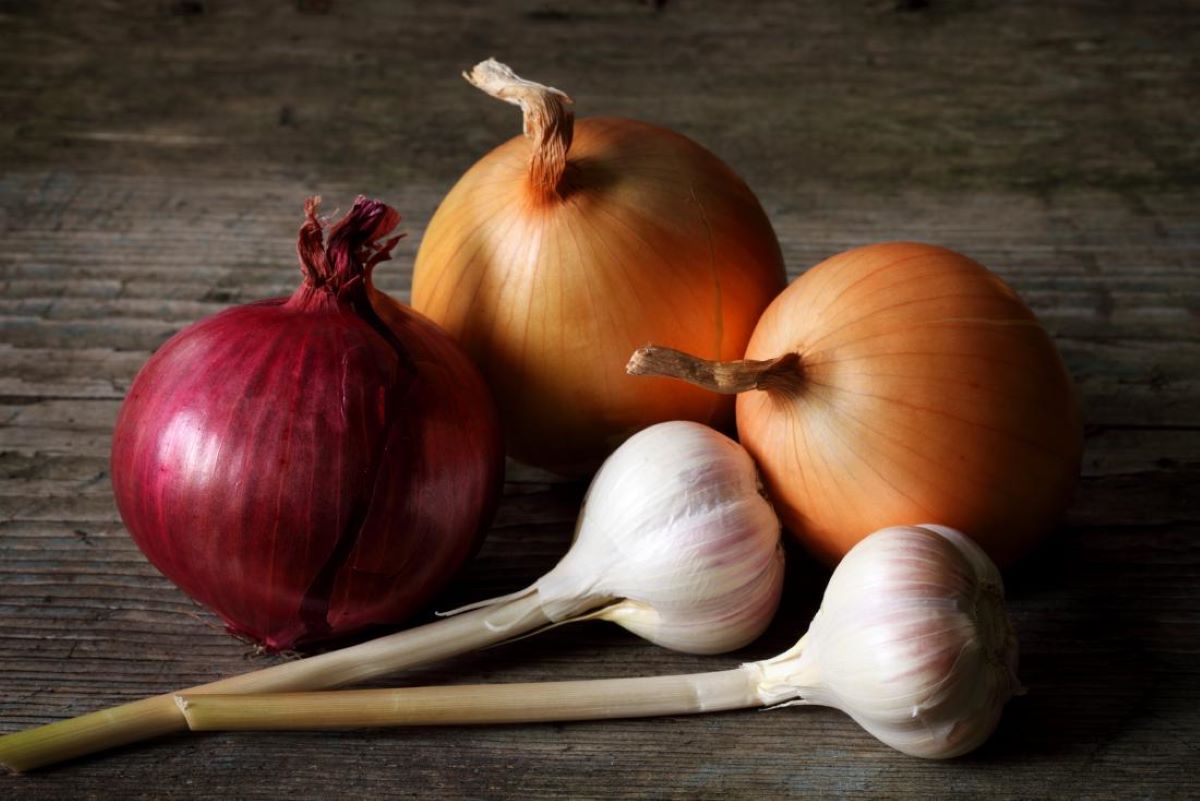
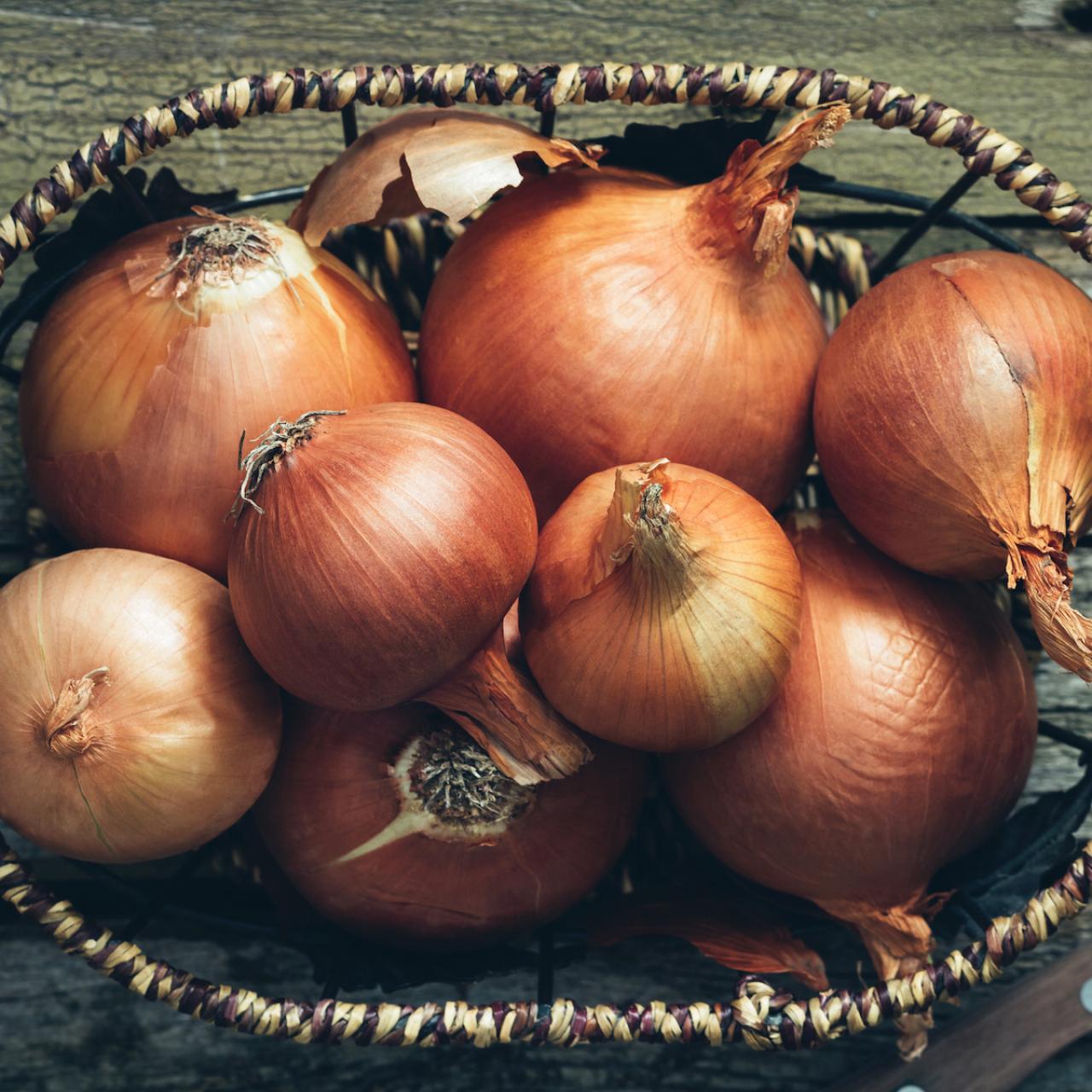
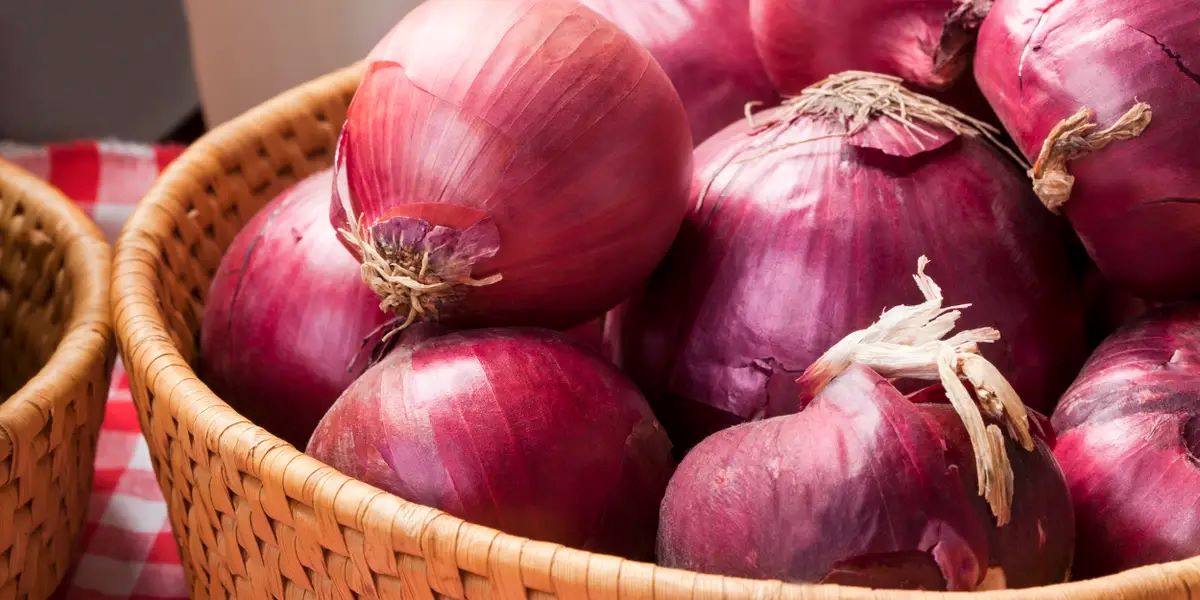
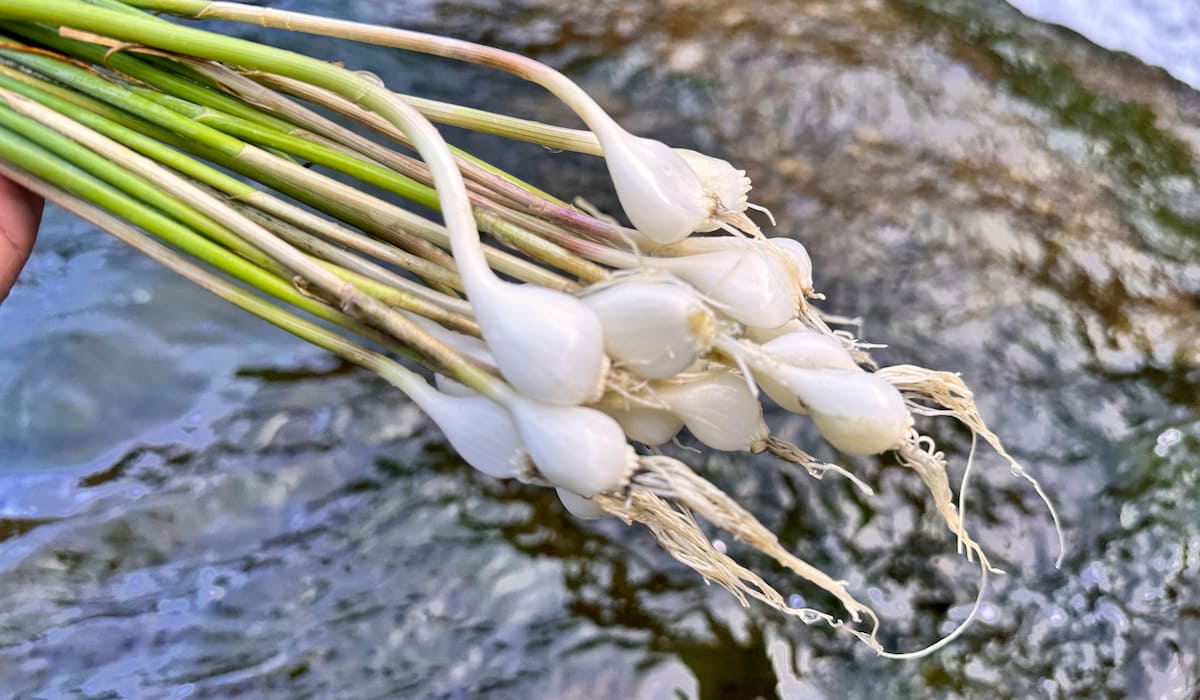
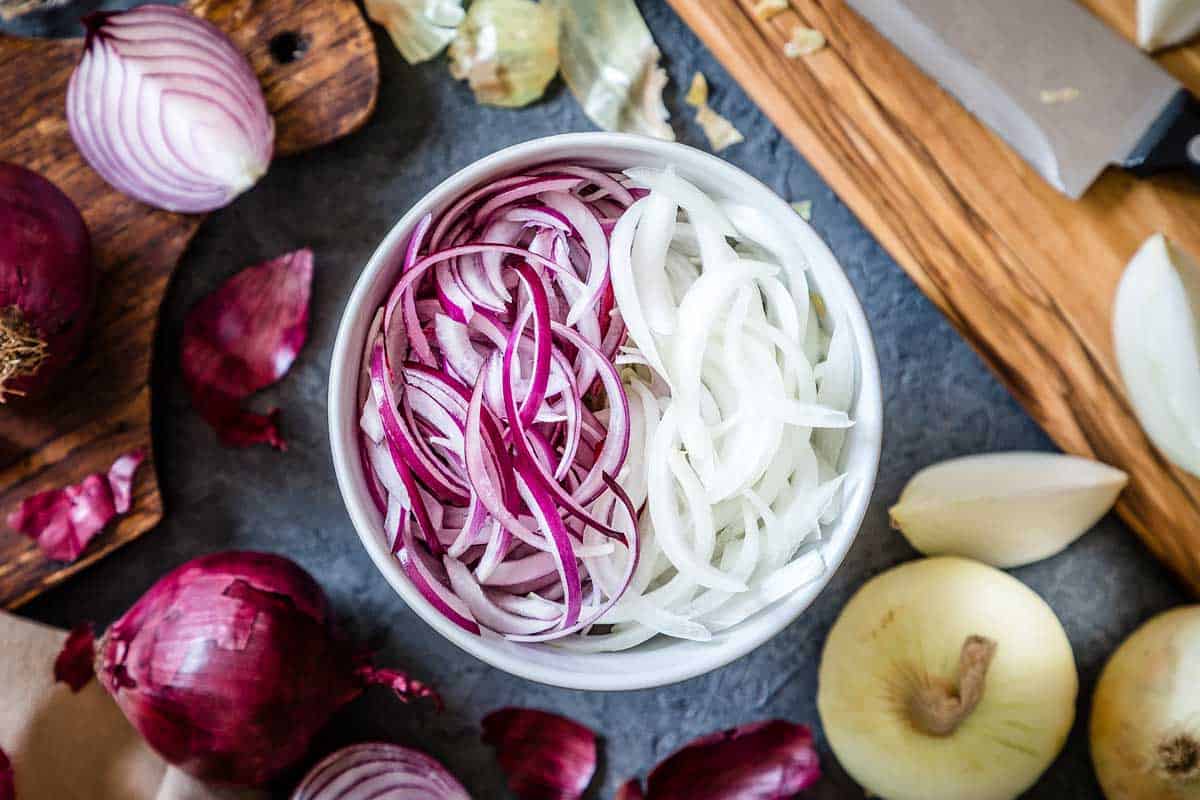
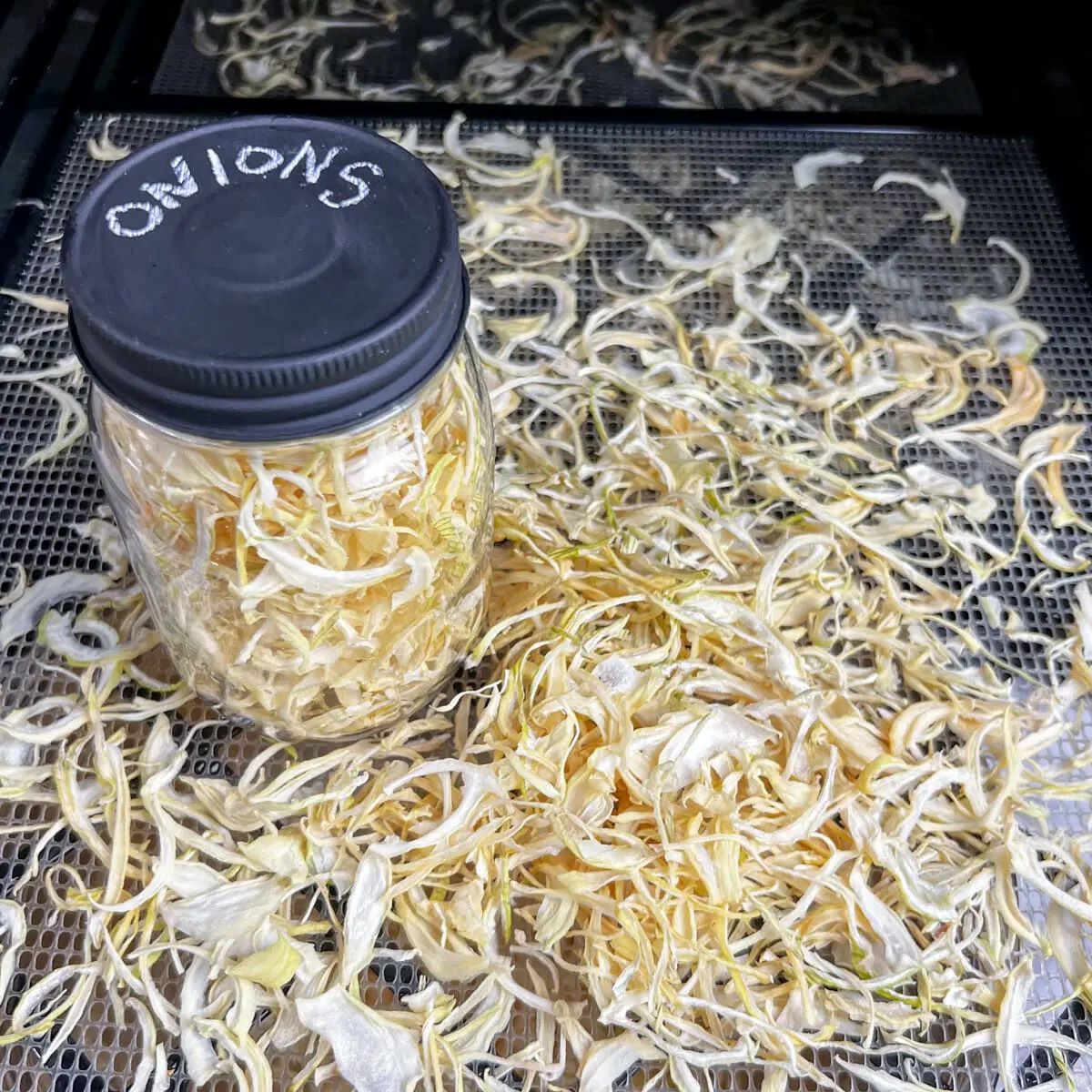
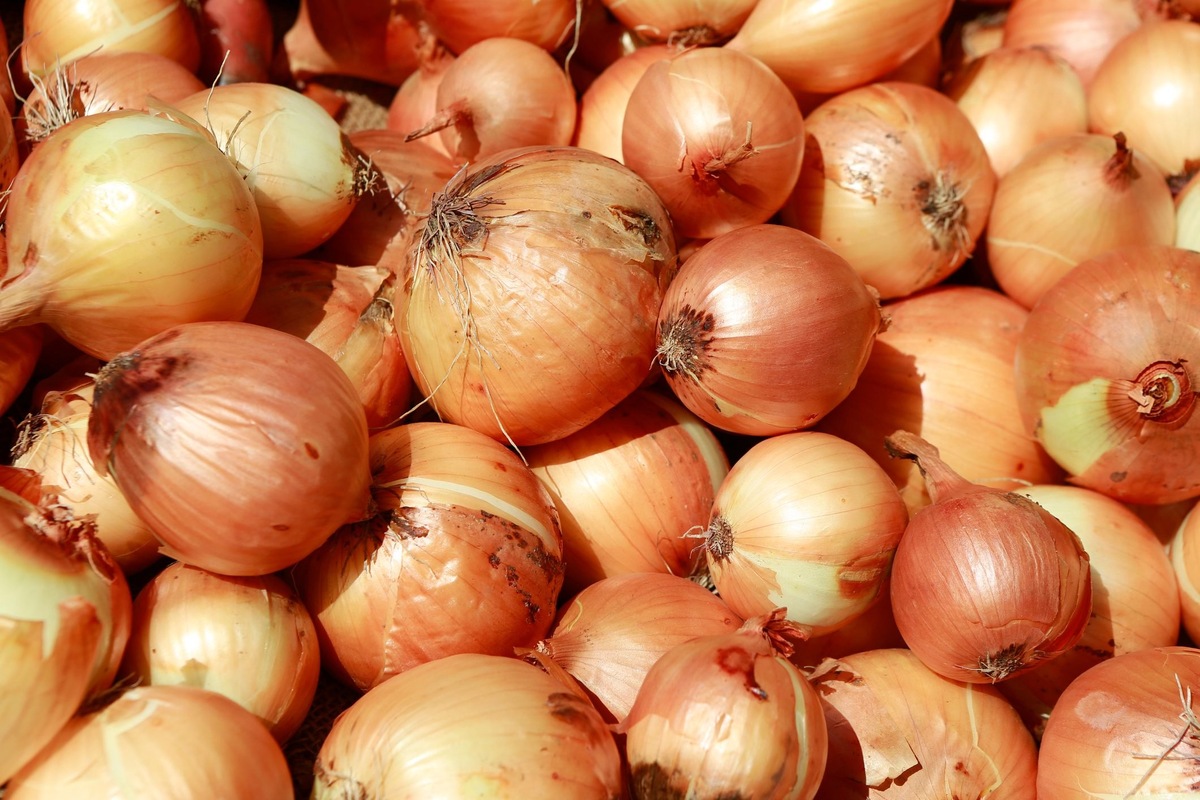
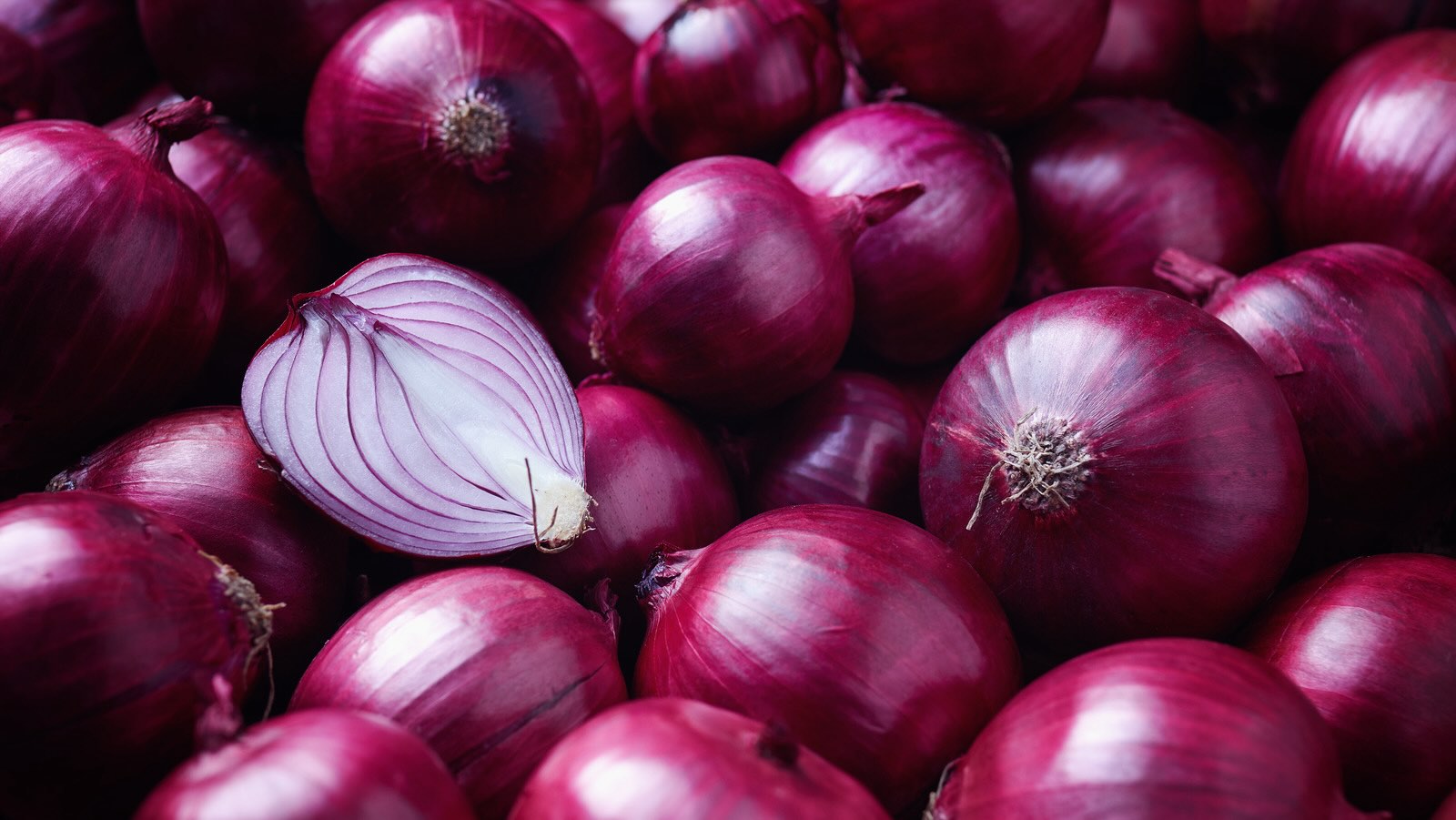
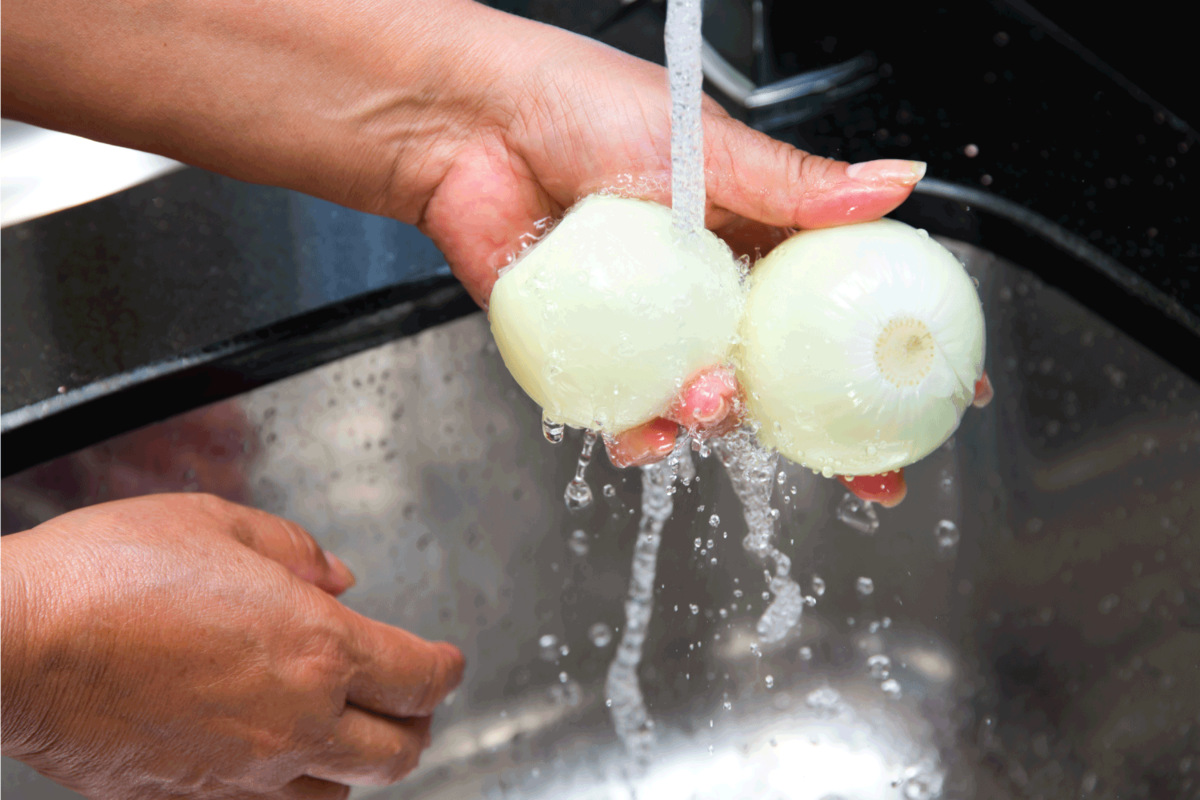
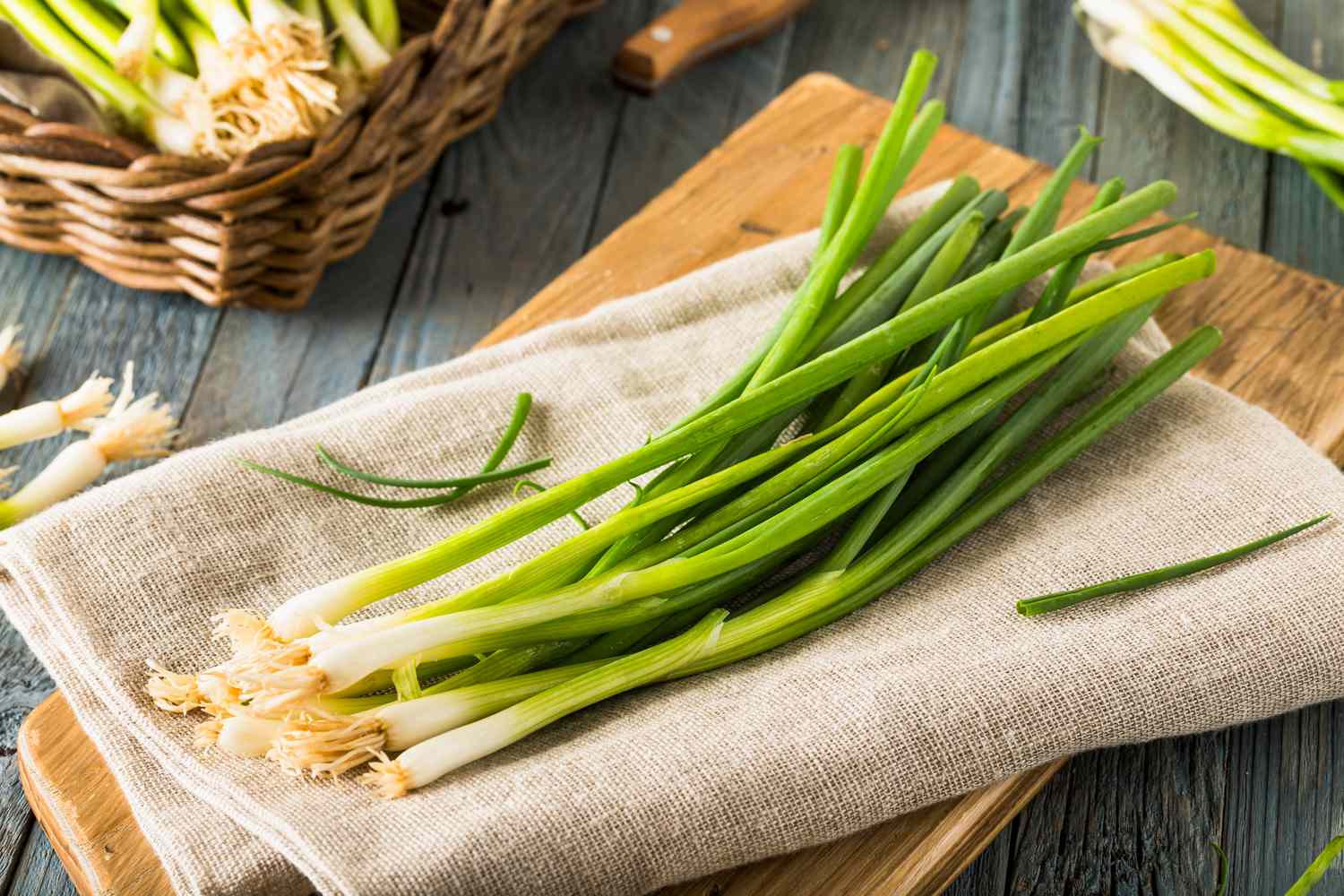
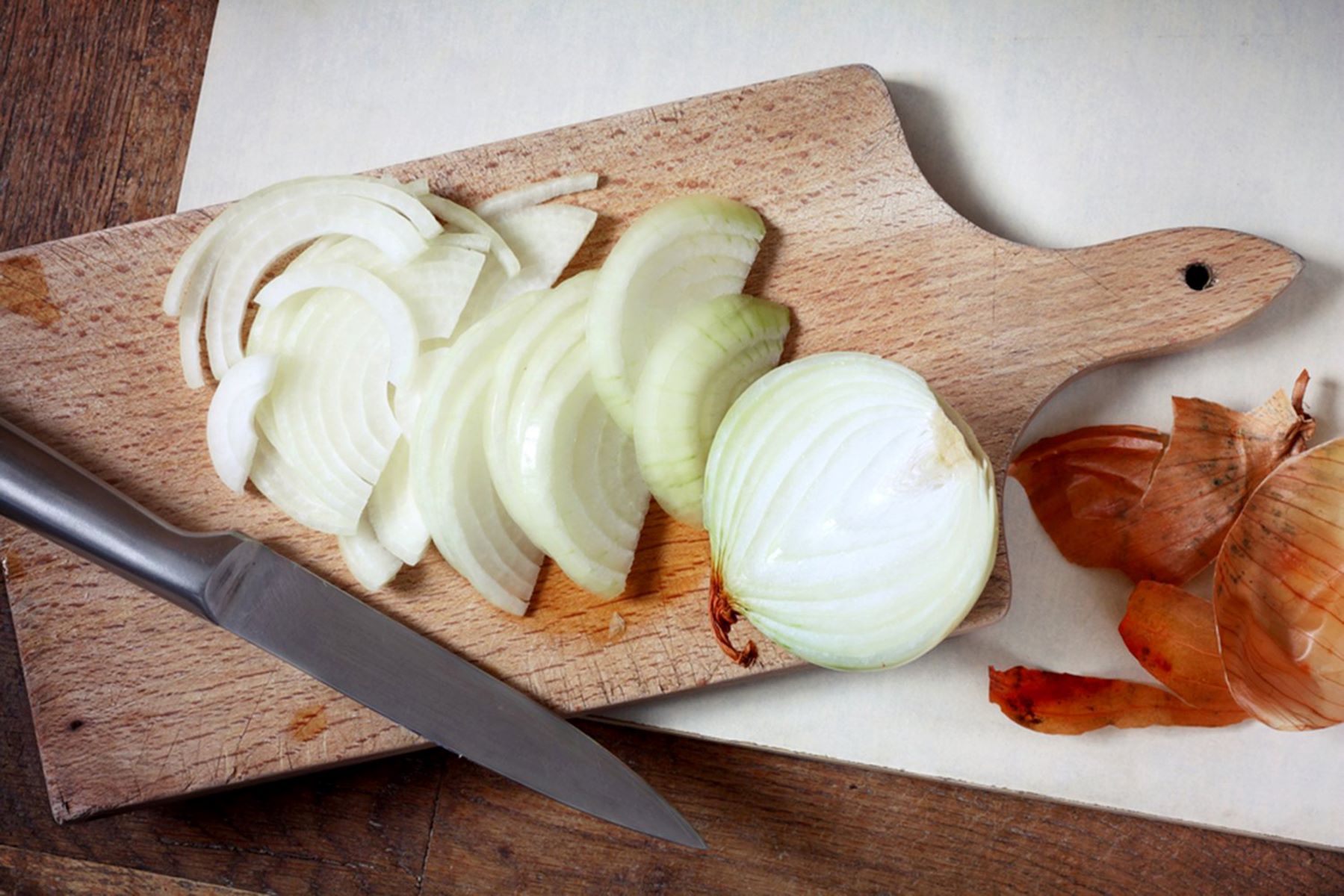
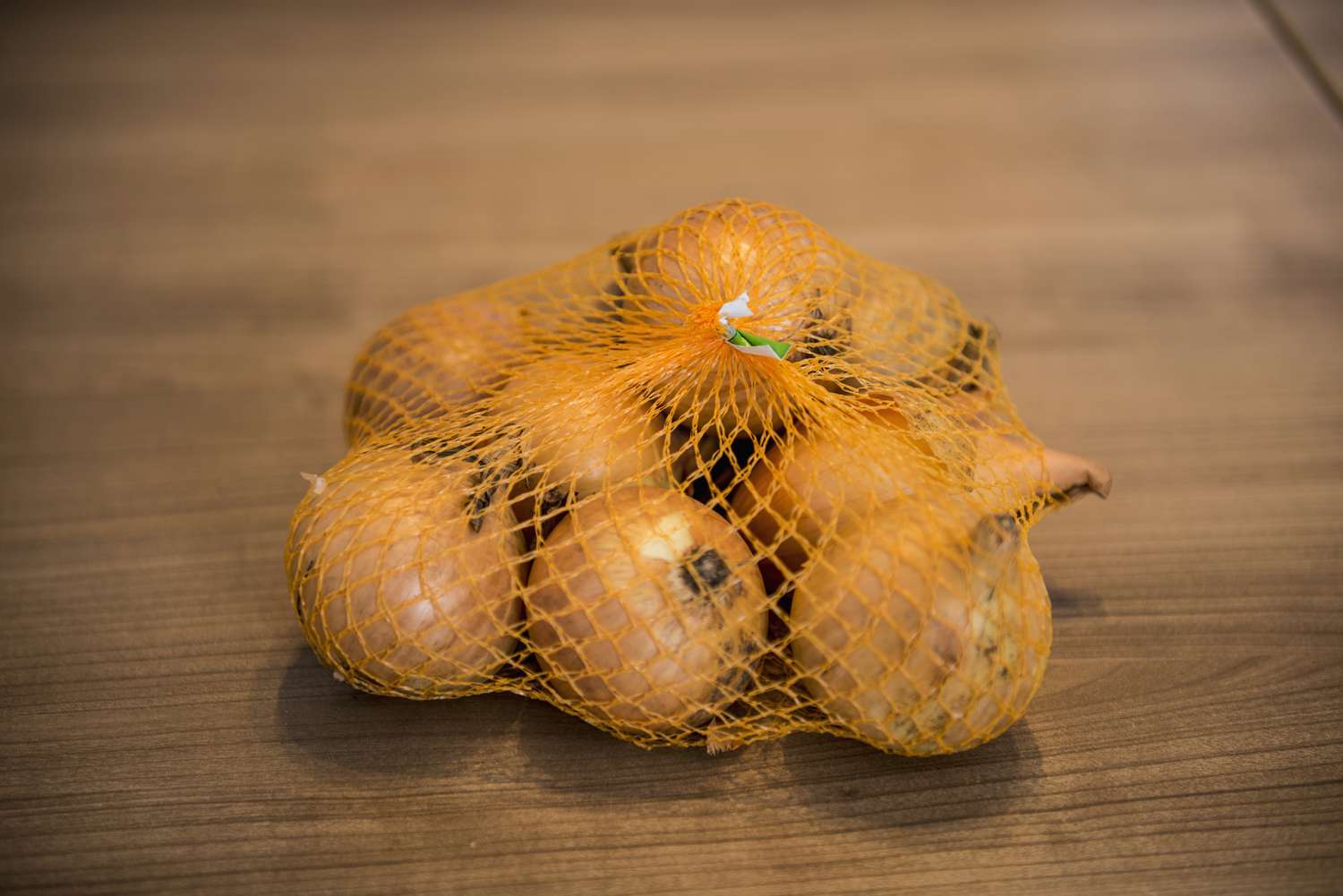
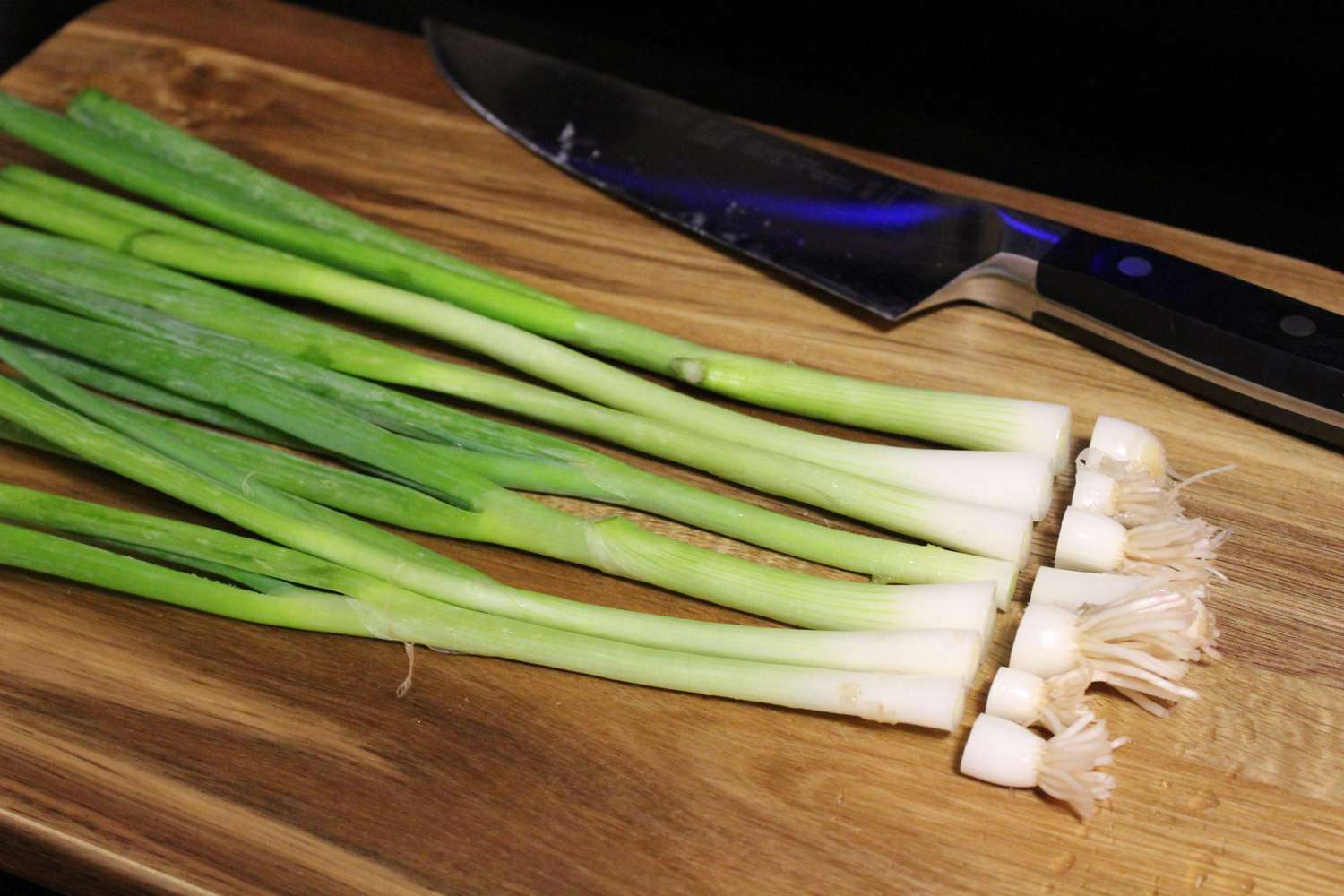

0 thoughts on “How To Store Onion”